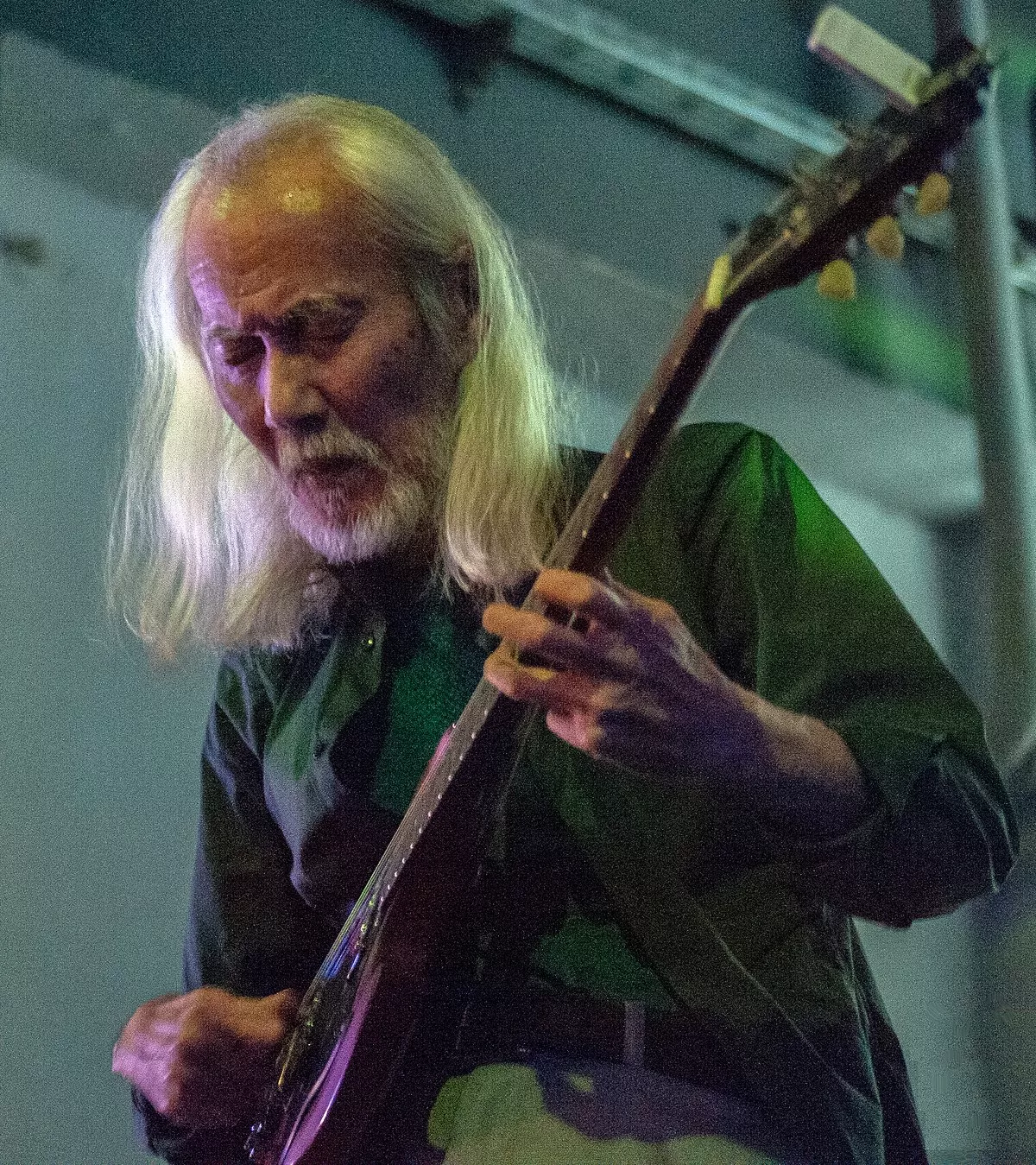 1.
1. Ryo Kawasaki was a Japanese jazz fusion guitarist, composer and band leader, best known as one of the first musicians to develop and popularise the fusion genre and for helping to develop the guitar synthesizer in collaboration with Roland Corporation and Korg.